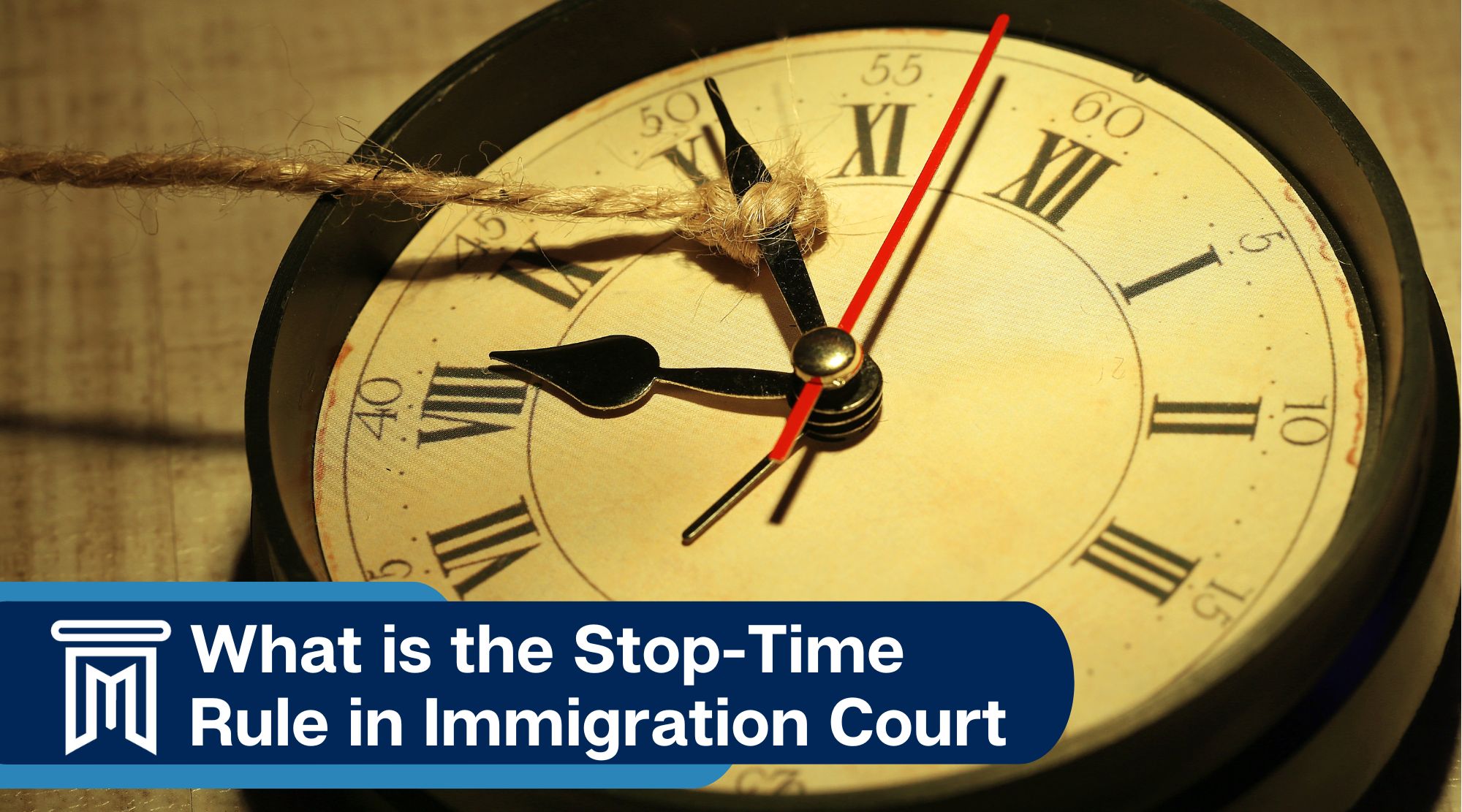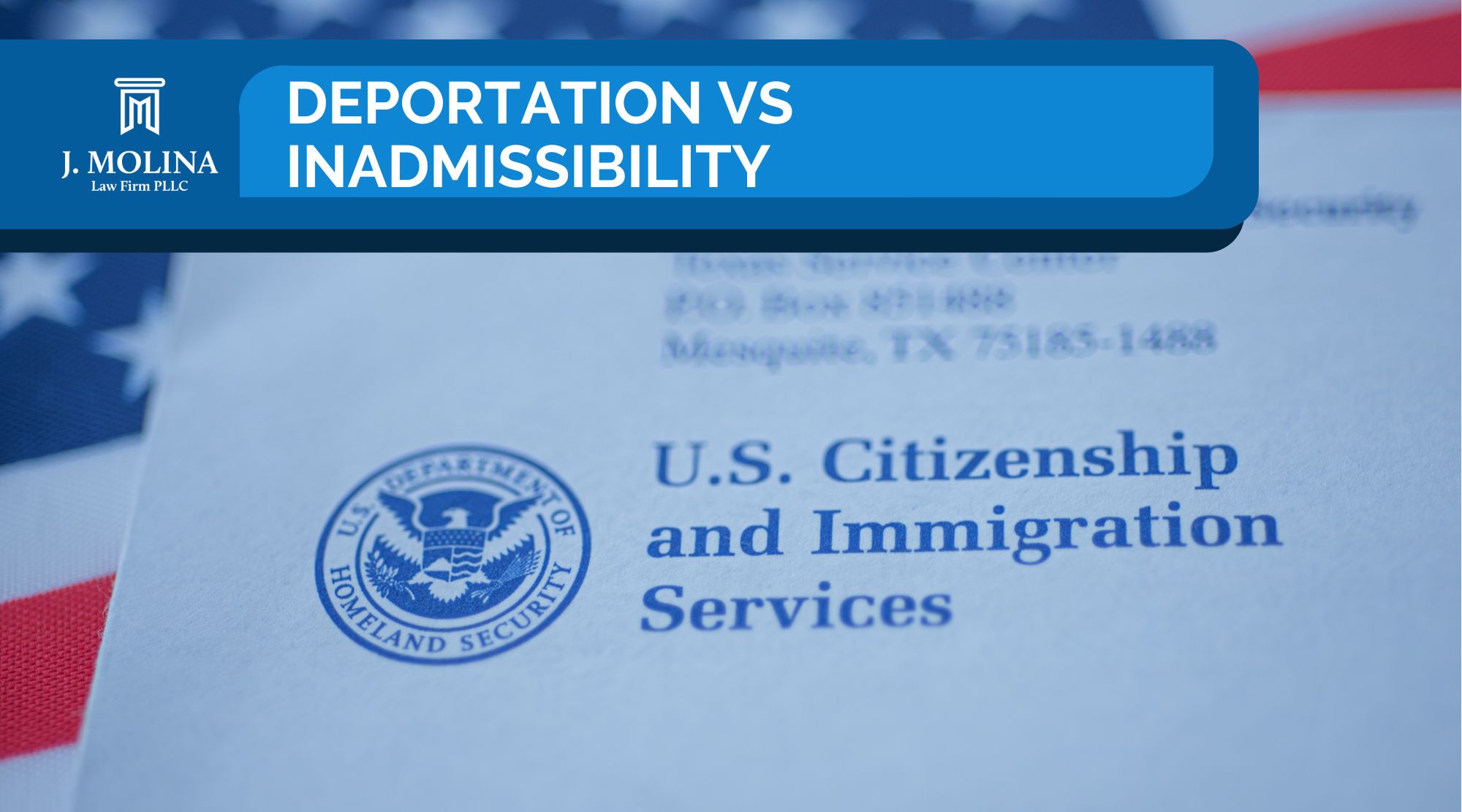The stop time rule is the rule that determines when you stop accruing continuous presence before an immigration court or cancellation of removal for residents and nonresidents. The Illegal Immigration Reform and Immigrant Responsibility Act introduced the stop time rule in 1996 as “any period of continuous presence in the United States shall be deemed to end when the nonresident is served a notice to appear,” § 1229b(d)(1) (1).
A notice to appear must specify certain things to trigger the stop time rule. If a Notice to Appear does not tell a noncitizen when and where to appear for removal proceedings, it does not trigger the stop-time rule as it is not considered a “notice to appear under immigration law.
The following is a non-exhaustive list of elements the NTA needs to have:
- the reasoning for the proceedings against the nonresident
- under what laws they are basing the proceedings
- the charges against the nonresident
- whether or not the nonresident can or will be represented by a lawyer
- the time and place of the proceedings – the nonresident must also provide information as to where they can be contacted
- what will happen if the nonresident doesn’t show up or provide the information requested
Some recommendations:
The law also says that the Government can change or reschedule the date and time of the proceedings by sending a written notice that includes the new date and time, as well as the consequences for not showing up. However, if you don’t give the Government your contact information, they’re not required to tell you about a change in the proceedings, but you may be deported for not showing. Always make sure to provide your contact information.
The consequences of not appearing at your proceedings can be very severe. If it is proven you were ordered with an NTA and you failed to show up at your hearing, you may be deported in absentia.



